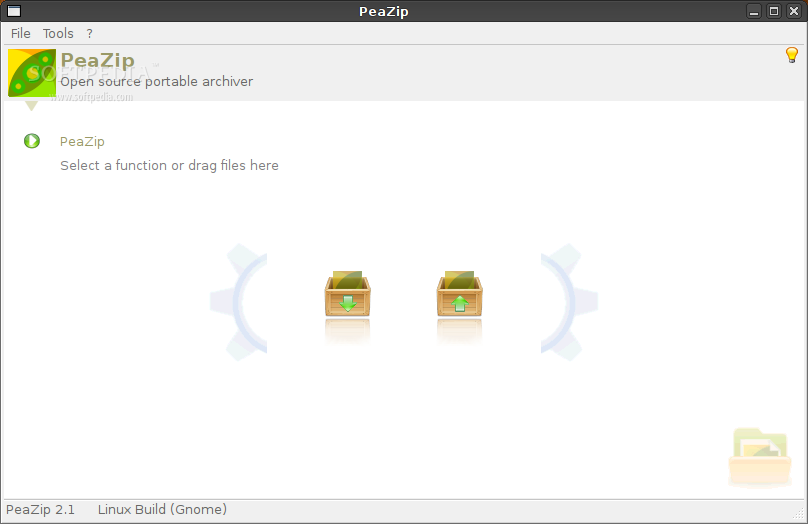
Same as above, including the hidden files (files starting with a dot): zip archivename.
LINUX ZIPX ARCHIVE
archivename.zipĬreate a Zip archive named archivename.zip containing all the files in the current directory. The command above will keep creating new archives in a set after it reaches the specified size limit. zip -s 1g -r archivename.zip directory_name The multiplier can be k (kilobytes), m (megabytes), g (gigabytes), or t (terabytes).
LINUX ZIPX ZIP FILE
You can create a new split Zip file using the -s option followed by a specified size. Imagine you want to store the Zip archive on a file hosting service that has a file size upload limit of 1GB, and your Zip archive is 5GB.

The command will be prompted to enter and verify the archive password: Enter password: If you have sensitive information that needs to be stored in the archive, you can encrypt it using the -e option: zip -e archivename.zip directory_name The higher the compression level, the more CPU-intensive the zip process is, and it will take more time to complete. 9 will force the zip command to use an optimal compression for all files.įor example, to use the compression level -9, you would type something like this: zip -9 -r archivename.zip directory_name When using -0, all files will be stored without compression. The zip command allows you to specify a compression level using a number prefixed with a dash from 0 to 9. zip -r -Z bzip2 archivename.zip directory_name. To specify a compression method, use the -Z option. In most Linux distributions, the zip utility also supports the bzip2 compression method. If the zip utility determines that a file cannot be compressed, it simply stores the file in the archive without compressing it using the store method. The default compression method of Zip is deflate. You can also add multiple files and directories in the same archive: zip -r archivename.zip directory_name1 directory_name2 file1 file1 Compression Methods and Levels # The -r option allows you to traverse the whole directory structure recursively: zip -r archivename.zip directory_name

Often, you’ll create a zip archive of a directory including the content of subdirectories. To suppress the output of the zip command, use the -q option: zip -q archivename.zip filename1 filename2 filename3 zip archivename.zip filename will create an archive with the same name as would zip archivename filename. zip, the extension is added automatically unless the archive name contains a dot. We’ll explain the compression methods and levels later in this guide. To zip one or more files, specify the files you want to add to the archive separated by space, as shown below: zip archivename.zip filename1 filename2 filename3 adding: filename1 (deflated 63%)īy default, the zip command prints the names of the files added to the archive and the compression method.

LINUX ZIPX HOW TO
Install zip on Ubuntu and Debian # sudo apt install zip Install zip on CentOS and Fedora # sudo yum install zip How to ZIP Files and Directories # The zip utility is not installed by default in most Linux distributions, but you can easily install it using your distribution package manager. The extracted files are owned by the user that runs the command. Zip files do not support Linux-style ownership information. To create a Zip archive in a specific directory, the user needs to have write permissions on that directory.


 0 kommentar(er)
0 kommentar(er)
